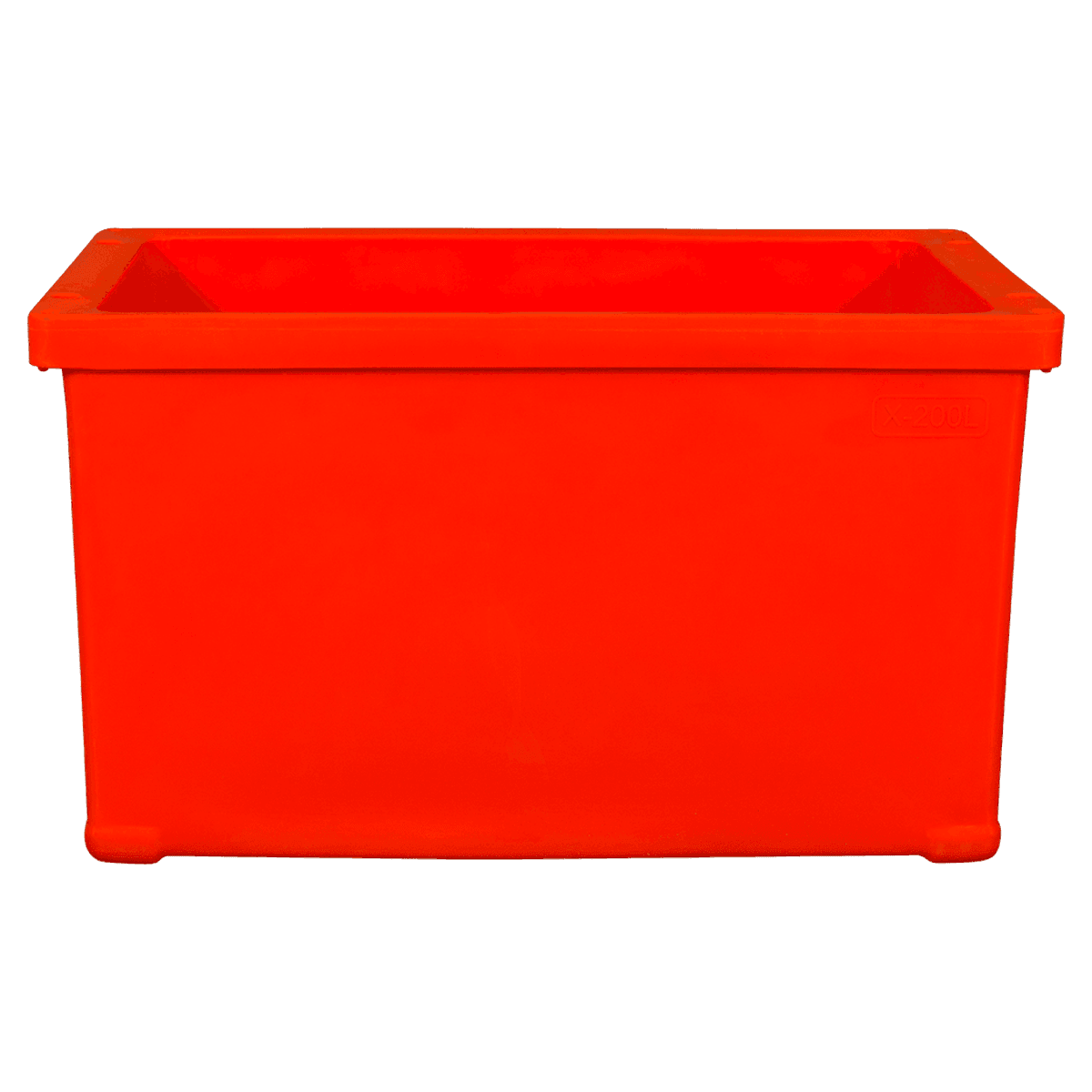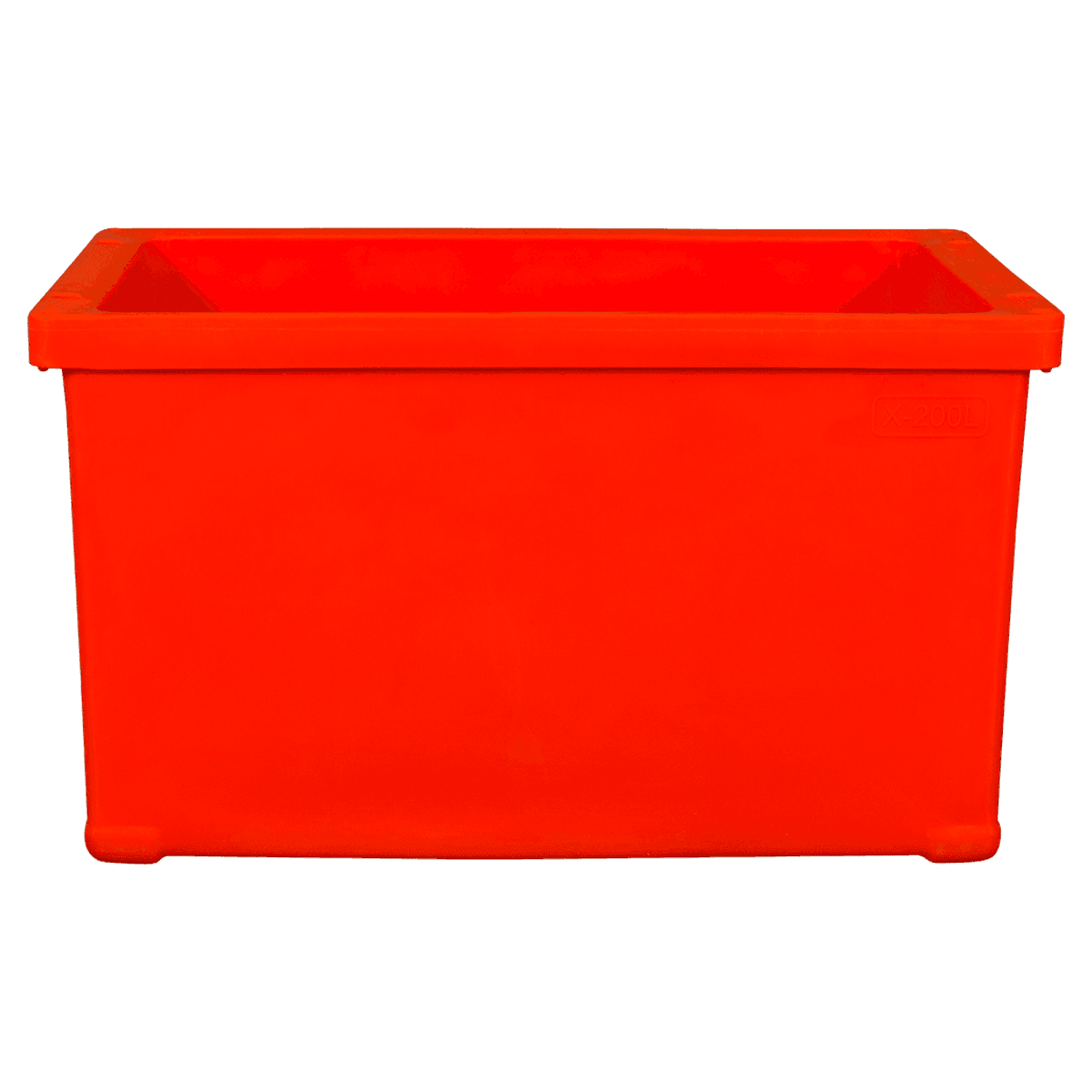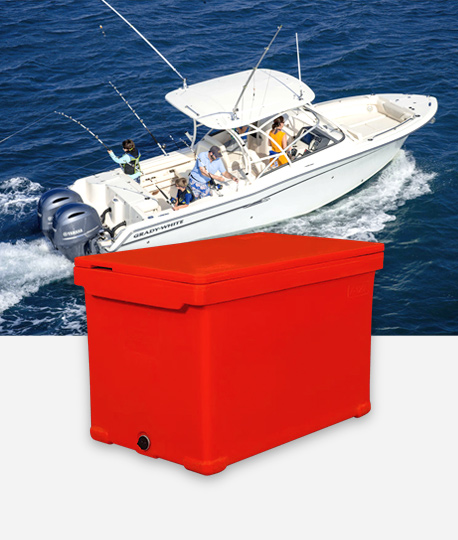1.Temperature Regulation:
Seafood Insulated Plastic Accessories excel in temperature regulation by employing advanced thermal control materials. For instance, vacuum-insulated panels containing high-performance insulating materials, such as expanded polystyrene or polyurethane foam, are integrated into packaging. This insulation technology ensures that, whether the seafood is being transported across short distances or cross-country, a consistent and optimal temperature is maintained. This feature is particularly crucial for delicate seafood like sushi-grade fish, where even slight temperature variations can impact quality.
2.Thermal Insulation Properties:
The thermal insulation properties of these accessories are exemplified by materials like reflective foils or multi-layered films that create a barrier against external heat. An example is the use of reflective metalized films in packaging. These films reflect external radiation, preventing heat absorption and maintaining a cool environment within. This is especially beneficial for transporting shellfish, like oysters or mussels, where maintaining a chilled temperature is essential to prevent spoilage.
3.Moisture Control:
To address moisture concerns, some Insulated Plastic Accessories feature desiccants or absorbent materials within the packaging. These components absorb excess moisture, preventing it from reaching the seafood. This is critical for preserving the texture and flavor of items such as scallops, which can quickly deteriorate in a humid environment, impacting their quality and market value.
4.Protection Against External Factors:
Insulated plastic packaging provides robust protection against external factors. For example, packaging may incorporate UV-resistant films to shield seafood from sunlight during transit. This protection is vital for delicate fish species like tuna, as exposure to sunlight can accelerate the oxidation process and compromise the freshness of the meat.
5.Impact on Microbial Growth:
By minimizing temperature fluctuations and controlling moisture levels, Insulated Plastic Accessories impede microbial growth. This is especially beneficial for transporting high-demand items like shrimp. The controlled environment reduces the risk of bacterial contamination, ensuring that the shrimp reaches its destination with its freshness and flavor intact.
6.Customized Design for Seafood Varieties:
Customization is key, and Insulated Plastic Accessories are tailored to the specific needs of various seafood varieties. For example, packaging for fragile fish like sole may incorporate additional padding and supports to prevent breakage during transportation. Meanwhile, packaging for robust items like salmon fillets may focus on maintaining optimal temperature conditions.
7.Shock Absorption and Packaging Structure:
The shock-absorbing features and robust structures of Insulated Plastic Accessories protect seafood from physical damage. In the case of transporting delicate items such as soft-shell crabs, the packaging may include cushioned compartments or trays that absorb shocks and vibrations, ensuring the crabs arrive without shell damage.
8.Sustainability Considerations:
Sustainability in seafood packaging is exemplified by the use of recyclable and biodegradable insulation materials. For instance, packaging made from recycled PET bottles or biodegradable foams minimizes the environmental impact. This sustainable approach not only aligns with eco-friendly practices but also caters to the growing consumer demand for environmentally conscious packaging.
9.Insulated Containers and Packaging Methods:
Comprehensive systems involve insulated containers and packaging methods. For example, some seafood distributors use specialized insulated shipping containers equipped with refrigeration units. These containers maintain a consistently low temperature throughout the journey, ensuring that products like lobster tails or crab legs arrive in pristine condition, ready for retail or restaurant use.
10.Compliance with Regulatory Standards:
Insulated Plastic Accessories adhere to stringent regulatory standards for food safety. For instance, packaging may include tamper-evident seals and temperature-monitoring devices to ensure compliance with health regulations. This attention to regulatory details is critical for transporting high-value seafood items like caviar, where quality assurance is paramount to meet market expectations.
AF-380L Insulated Fish Tubs Seafood Industrial Use Plastic Containers
AF-380L Insulated Fish Tubs Seafood Industrial Use Plastic Containers
Wanma AF-380L insulated plastic container is one of our most popular small-sized containers. It is ideally suited for handling of fresh fish on board fishing vessels and during processing for species like cod, salmon and other white fish .The container is double walled with a solid PUR core and a high insulation factor .AF-380L container can be accessed from two sides for pallet jacks and all four with fork lift .


 English
English Español
Español عربى
عربى 中文简体
中文简体
-4.png)
-4.png)
-2.png)

-2.png)
-2.png)




